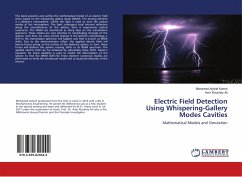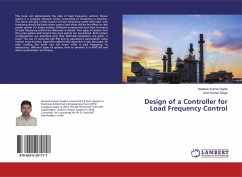Superconducting radio-frequency (SRF) cavities are used to increase the energy of a charged particle beam in particle accelerators throughout the world. Bulk niobium is the material of choice to fabricate SRF cavities and their performance at cryogenic temperatures is characterized by a non-linearity of the surface resistance as a function of the RF field, in absence of field emission, which limits the operational accelerating gradient. This book presents the results on the investigation of such non-linearity in cavities which received different surface and bulk treatments as well as cavities made of single-crystal niobium. The experimental methods include measurements of the surface impedance as a function of temperature, of the quality factor as a function of the RF field below 4.2 K, and the excitation of different resonant modes. A thermometry system was used to better characterize the loss mechanisms. This book consists of the author s PhD dissertation at Old Dominion University (ODU) under the supervision of Prof. Colm T. Whelan of ODU and Dr. Peter Kneisel of Jefferson Lab. This book should be useful to students or young researchers in the field of SRF for accelerators.








